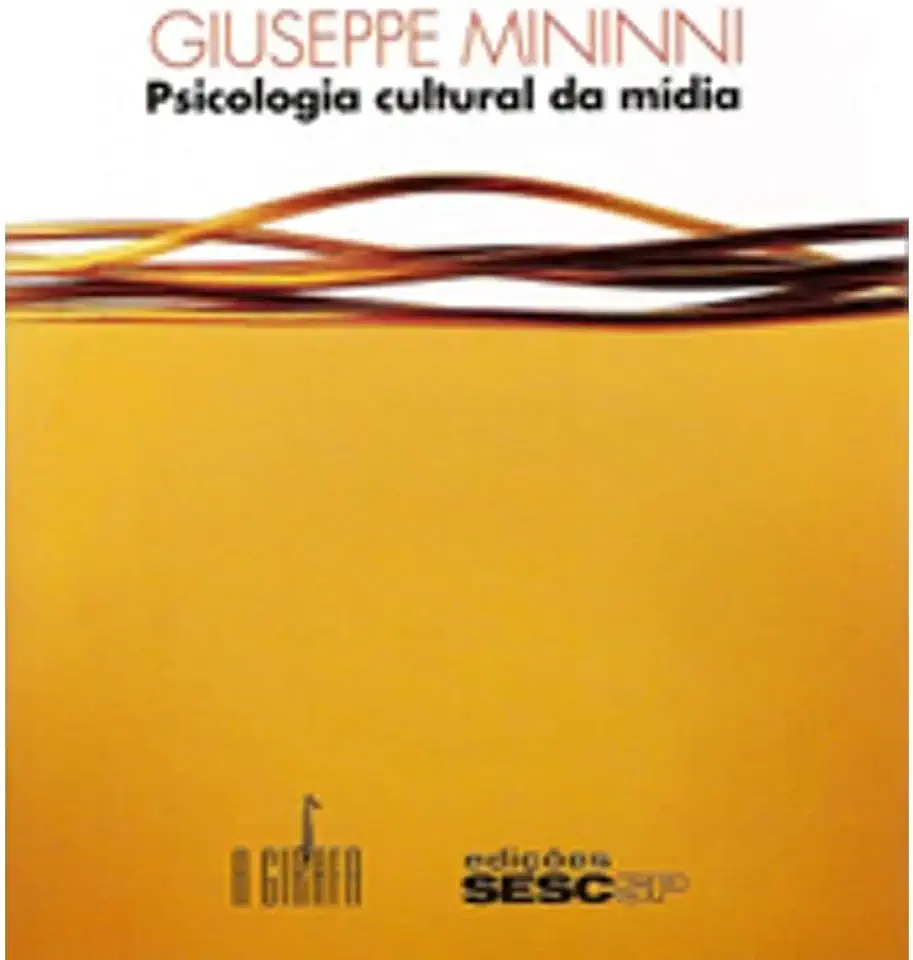
Cultural Psychology of Media - Giuseppe Mininni
Cultural Psychology of Media: A Comprehensive Guide to Understanding the Interplay Between Culture and Media
Introduction
In today's interconnected world, media has become an integral part of our lives. From the moment we wake up to the time we go to bed, we are constantly bombarded with messages from various media sources. These messages can have a profound impact on our thoughts, feelings, and behaviors.
The cultural psychology of media is a field of study that examines the relationship between culture and media. It explores how culture influences the way we produce, consume, and interpret media messages. It also investigates how media, in turn, shapes culture.
This book provides a comprehensive overview of the cultural psychology of media. It draws on a wide range of disciplines, including psychology, sociology, anthropology, and communication studies, to provide a holistic understanding of this complex field.
Key Concepts in the Cultural Psychology of Media
The cultural psychology of media is based on a number of key concepts, including:
- Culture: Culture is a complex system of shared beliefs, values, norms, and practices that are transmitted from one generation to the next. It shapes the way we think, feel, and behave.
- Media: Media are the channels through which messages are communicated. They include traditional media, such as print, radio, and television, as well as new media, such as the internet and social media.
- Media messages: Media messages are the content that is communicated through media channels. They can be verbal, visual, or auditory.
- Media effects: Media effects are the changes in thoughts, feelings, and behaviors that are caused by exposure to media messages.
Theories of the Cultural Psychology of Media
There are a number of different theories that attempt to explain the relationship between culture and media. Some of the most influential theories include:
- The cultivation theory: The cultivation theory argues that media messages can cultivate certain beliefs and values in viewers. For example, heavy viewers of television are more likely to believe that the world is a dangerous place and that people cannot be trusted.
- The agenda-setting theory: The agenda-setting theory argues that media messages can influence the public's agenda by determining what issues are considered important. For example, media coverage of a particular issue can lead people to believe that it is a more important issue than it actually is.
- The framing theory: The framing theory argues that media messages can influence the way people think about an issue by presenting it in a particular way. For example, media coverage of a crime can frame it as a random act of violence or as a result of social inequality.
Research Methods in the Cultural Psychology of Media
Researchers in the cultural psychology of media use a variety of methods to study the relationship between culture and media. Some of the most common methods include:
- Content analysis: Content analysis is a method of analyzing the content of media messages. Researchers can use content analysis to identify the themes, values, and ideologies that are represented in media messages.
- Audience research: Audience research is a method of studying the way that people consume and interpret media messages. Researchers can use audience research to understand how people make sense of media messages and how they are influenced by them.
- Experimental research: Experimental research is a method of testing the effects of media messages on people's thoughts, feelings, and behaviors. Researchers can use experimental research to determine whether media messages can cause changes in people's attitudes, beliefs, and behaviors.
Applications of the Cultural Psychology of Media
The cultural psychology of media has a wide range of applications in the real world. It can be used to:
- Develop media literacy programs that help people to understand how media messages are produced and how they can influence their thoughts, feelings, and behaviors.
- Design media campaigns that are more effective in communicating messages to target audiences.
- Develop policies that regulate the media industry and protect the public from harmful media content.
Conclusion
The cultural psychology of media is a complex and fascinating field of study. It offers a unique perspective on the relationship between culture and media, and it has a wide range of applications in the real world. This book provides a comprehensive overview of the cultural psychology of media, and it is an essential resource for anyone who is interested in this field.